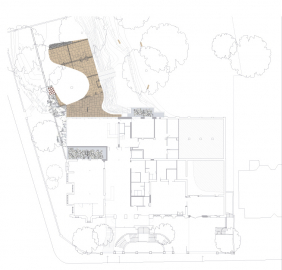Camden Arts Centre
The aim of the project is to provide a building that is welcoming and accessible to all its users and staff and allows and flexible approach to the showing and making of artwork. This is to be achieved by providing solutions to overcome the present difficulties without jeopardising the beneficial qualities inherent in the existing building.
It is paramount that the ethos of the Centre as a place where art can be seen, made and discussed is not disturbed. The Centre presents a continuing programme of temporary exhibitions, projects involving artists in residence, workshops, courses, talks and events with an emphasis on activity rather than passive viewing. All of the gallery spaces are to be upgraded to provide security, environmental control and daylight control in compliance with Government Indemnity. Principally, this involves the following:
Maximise the visibility of the building whilst ensuring that the exterior successfully signals the intent and ethos of the Centre.
Extend the qualities of natural light and the feeling of airiness throughout the building. Improve the connectivity of all spaces.
Deliver accessibility for all disabled users to all areas of the building, particularly with regard to the main entrance. Improve facilities and access for the installation of exhibitions.
The existing building is the subject of a Grade II listing and lies within a Conservation Area. Early proposals for the removal of the existing entrance portico and formal baroque entrance steps were abandoned in the face of continuing resistance from English Heritage and the London Borough of Camden. The resulting solution involves the formation of three substantial new openings in the ground floor of the Arkwright Road elevation with access via a fully glazed lobby extension with canopied porch. This arrangement renders the depth of the interior of the building visible from the street.
At the rear, a new Café structure nestles in the void left between Gallery 1 and Gallery 3 and is articulated from these volumes in scale and in style. This insertion provides a physical and visible connection to the under-used garden beyond. Permission was negotiated for a continuous boundary fence to the garden, set back for the footway to provide an acoustic buffer from the vehicle noise of Finchley Road. This is made from cedar boarding and 3m high vertically cantilevered glass sheets.
The appearance of the Victorian Gothic facades are largely undisturbed. Existing features have been renewed or repaired as necessary, to match the existing condition. The new lobby has planar glazed elevations with bronze anodized sill and fascia and a flat lead covered roof, while the Café extension utilises a bronze anodised curtain walling system. Internally, the ground floor areas have received a tiled terrazzo floor finish in a rich red/brown hue. Other finishes were selected for their harmonious qualities alongside existing surfaces. Portuguese granite in different formats is used as the principal hard landscaping finish.

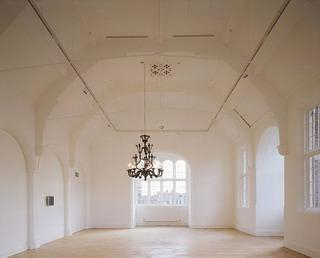
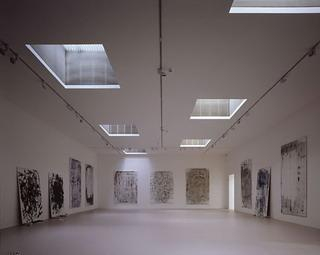
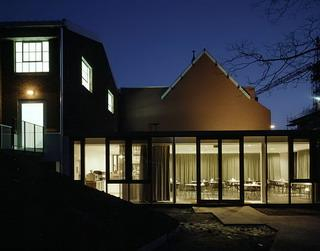
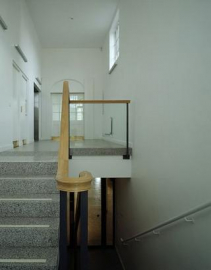
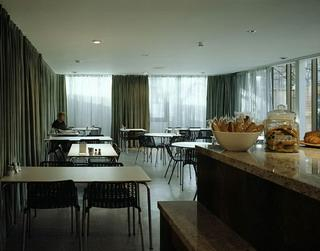
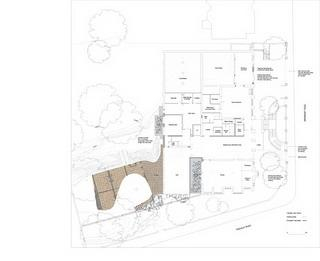
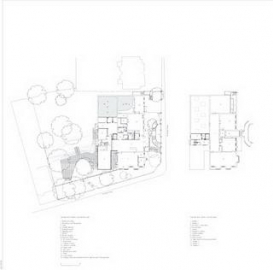
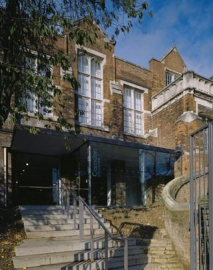
.jpg)
